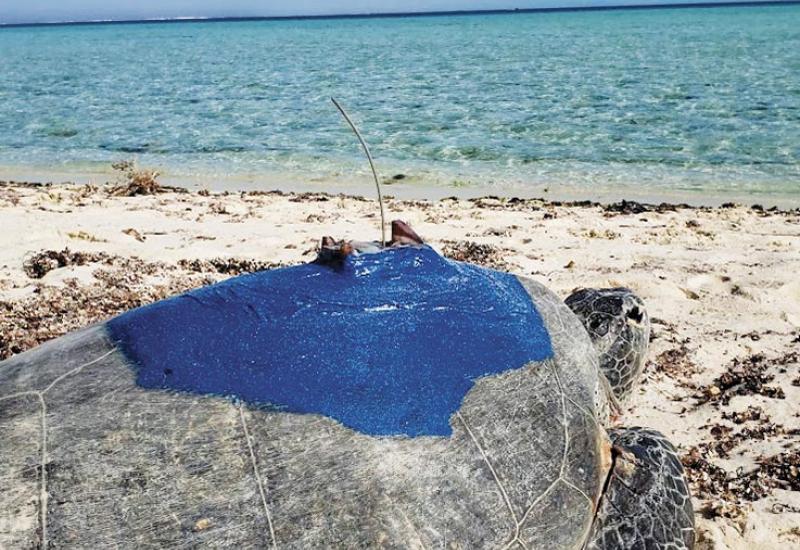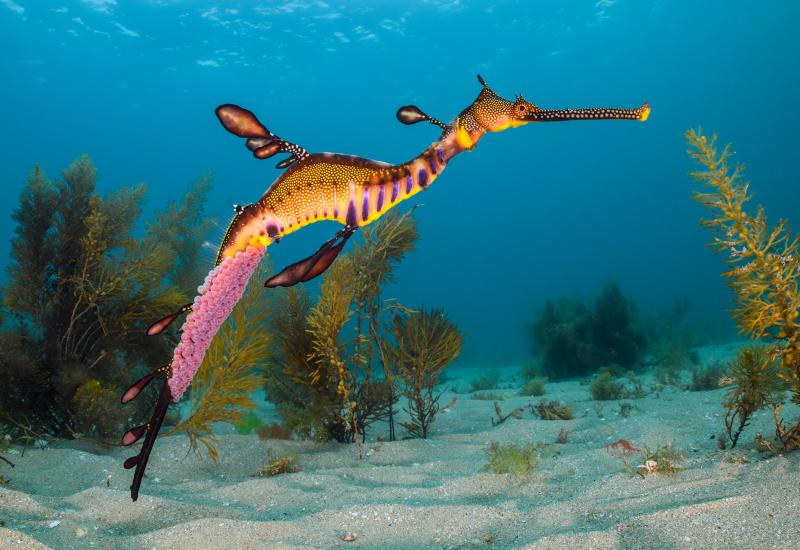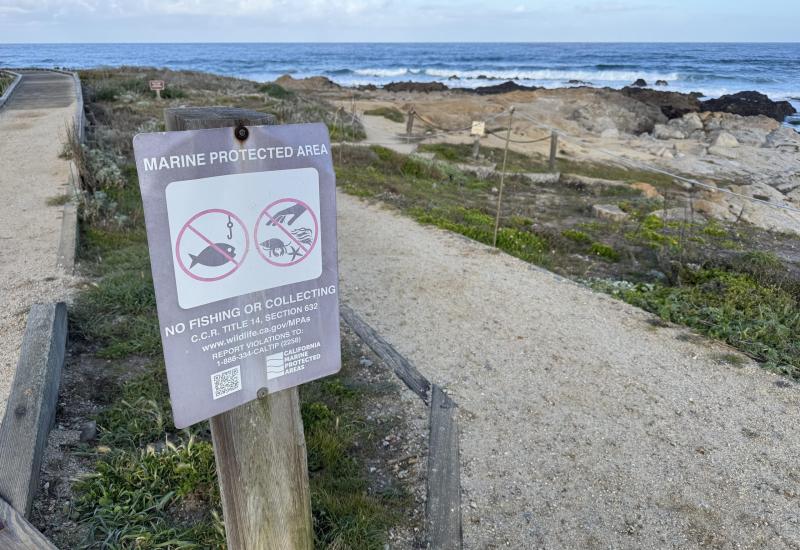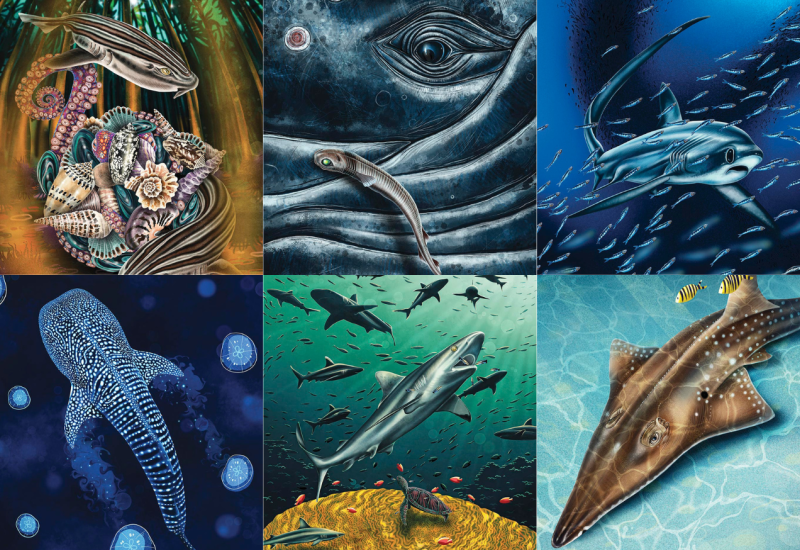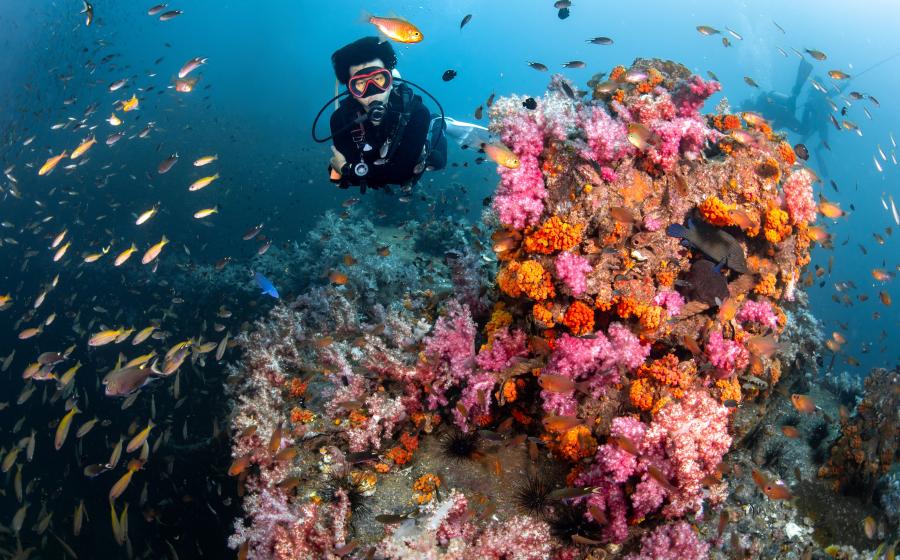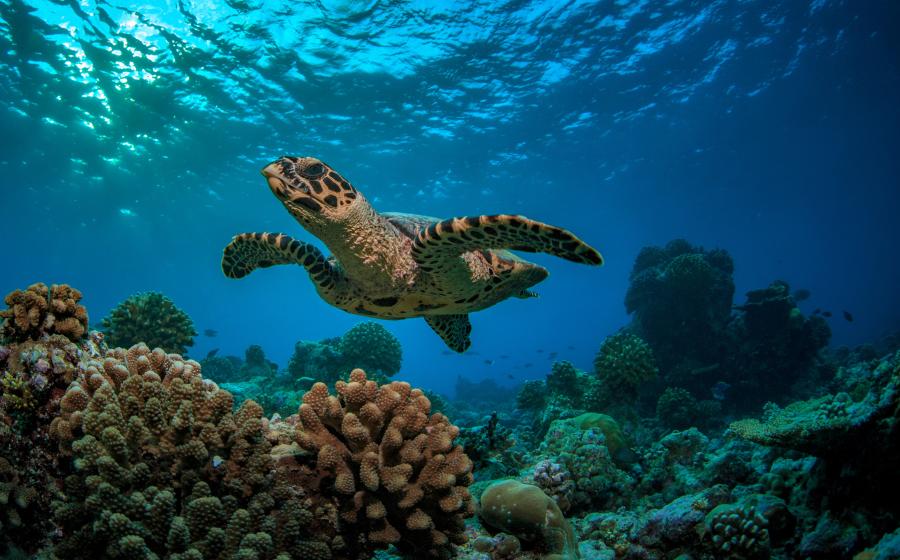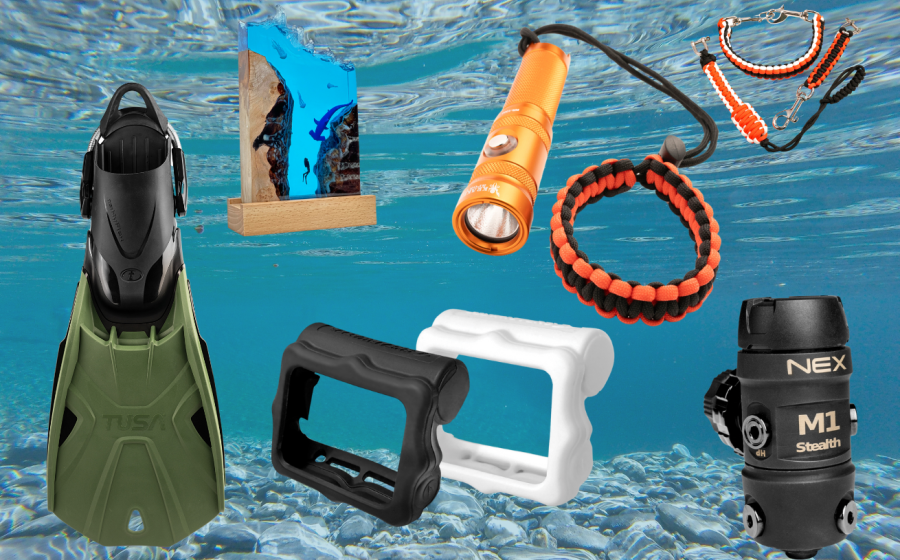Diving British Columbia's Panther Wreck

Patrick WebsterA diver approaches what remains of the Panther, a nearly 200-year-old clipper ship that sank off the coast of British Columbia in 1874
"OK, this is where Shawn said to drop.” I’m staring at GPS co-ordinates I received via text, preparing for a dive to find a historically significant wreck. The guests on our expedition vessel will love to see the photos from this adventure back on board—if we can locate the wreck. The early sun is bright and blinding here off the coast of British Columbia. My buddy Karson and I, willing to be uncomfortable for a while to explore the frigid frontiers of Inner Space, roll into the blooming, brilliantly green water blowing past Wallace Island.
We drop and start kicking, the sun and the moon fighting our fins with the rushing tide. Visibility is suboptimal, thanks to a diatom bloom typical of the Pacific Northwest. After a few too many minutes trudging over the muck and its tube anemones and barber slugs, I consult my dive computer. Hmm, 37 feet deep. Shawn said it’s at exactly 30 feet… I motion to Karson to head up the slope a little bit.
Related Reading: Florida Keys: A Wreck Wonderland for Divers
We quickly come upon a rise in the reef, blanketed in billowing curtains of kelp, but with an unnaturally vertical wall facing us, covered in a few barnacles, a hungry ochre star and very little else. The perfectly flat, man-made siding stands in stark contrast to the rocky rubble of the reef beyond. Brushing aside a few rock crabs and waving my hand between some of the recesses in the sand, brilliant black flecks flit about in our overwhelmed lights: Nanaimo coal, brought to rest here in the hull of a formerly magnificent clipper ship on January 17, 1874.

Patrick WebsterA Pacific sea star calls dibs on a relic from the Panther that now rests on the seafloor.
Hello, Panther. Pleasure to meet you.
Karson and I continue our kicking, documenting what we can of the wreck in the shortening time we have left with this storied ship. The copper shielding has done well against many foulers, though it now lies broken and strewn about the reef. The Panther’s famous craftsmanship has left some sections relatively intact, even after 150 years underwater.
The story of the Panther had dug its claws into my psyche. Displayed on the screen of my camera are the remains of a nearly 200 foot, three-masted clipper that was once the pinnacle of technology connecting the world to its future. In 1854, Panther sailed from its shipyard in Medford, Massachusetts, and joined the East Indian Railway Company as a flagship, racing contemporaries from Boston to Calcutta with the gales of empire in its sails.
It Now Lies Exactly 30 Feet Deep Off Panther Point And Is Home To Plumose Anemones, Clown Dorid Nudibranchs, Urchins, Sea Cucumbers And Sculpins.

Patrick WebsterSculpins are among the many critters that call the Panther home today
Later it would routinely round Cape Horn via Peru’s guano islands to gold rush San Francisco, delivering as it went the bird and brawnbased fertilizers of the agriculture industry to an increasingly globalizing world. The insatiable economic growth Panther helped propagate would eventually come around to cannibalize the clipper industry—why wait on the wind when a steamship could keep a timetable? Why round the cape if a canal could be a shortcut? Why pay a sailor if their skills are economically obsolete?
Related Reading: 8 Reasons to Learn to Dive in Florida
As it aged, Panther fell further from its former glory. It joined the fleet of sketchy vessels that got their sailors for cheap via spiked drinks, trapdoors and abductions common in seedy seaside bars from Portland to Port Townsend. Eventually, the clipper became a coal barge, ferrying the fuel of its funeral throughout Puget Sound, until the day when the sea and the ship both had enough.
It now lies exactly 30 feet deep off Panther Point and is home to plumose anemones, clown dorid nudibranchs, urchins, sea cucumbers and sculpins. Patrolling river otters, orcas and jellyfishes make frequent visits. And every so often may come a scuba diver, a futuristic being resultant of the hyperconnected world this ship helped ferry into existence, and whose synapses are the only electronics capable of keeping the Panther alive to prowl its sea of memories.
Time: 0830 hours
Month/Year: May 2024
Location: British Columbia, 48°55'49.6"N 123°32'00.8"W
Temperature: Water Temperature 49ºF / 9.4ºC

